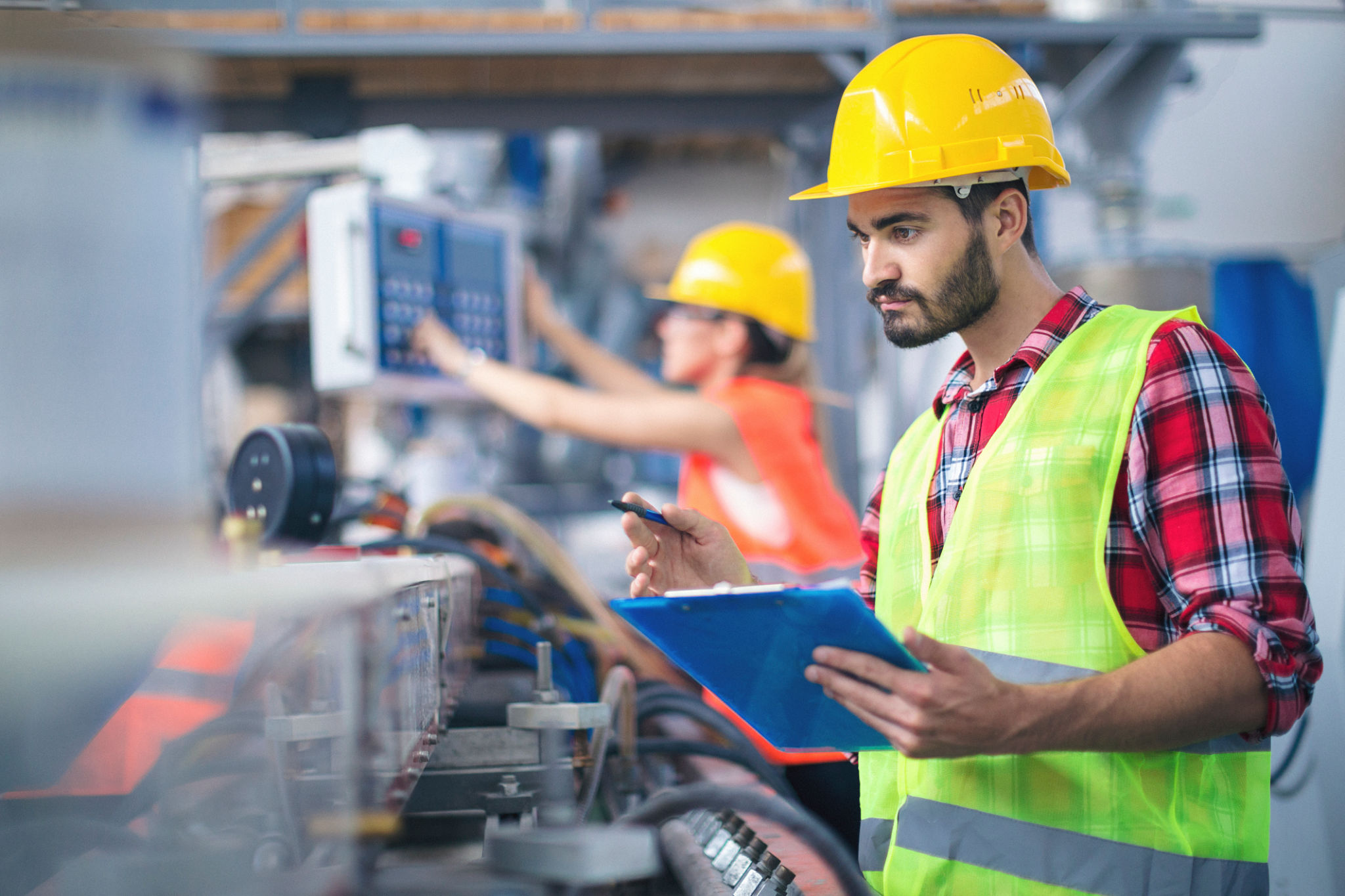Understanding Isolation Chambers: A Key to Safety in Pharma Facilities
Understanding Isolation Chambers
In the pharmaceutical industry, maintaining a sterile environment is crucial to ensure the safety and efficacy of products. One of the key components in achieving this is the use of isolation chambers. These controlled environments are designed to protect both the product and personnel from contamination.
Isolation chambers are enclosed spaces that create a barrier between the product and external contaminants. They are essential in processes where even the smallest impurity can compromise product quality. Understanding how these chambers work is vital for anyone involved in pharmaceutical manufacturing.

The Role of Isolation Chambers in Safety
Isolation chambers serve multiple roles in pharmaceutical facilities. Primarily, they provide a controlled environment where the risk of contamination is significantly reduced. This is achieved by maintaining specific air pressure, temperature, and humidity levels within the chamber.
Additionally, isolation chambers protect staff from exposure to hazardous substances. By containing potentially dangerous materials, these chambers ensure that personnel can safely perform their duties without health risks.
Types of Isolation Chambers
There are several types of isolation chambers used in the pharmaceutical industry, each designed for specific applications:
- Positive Pressure Chambers: These are used to protect products by keeping contaminants out. The pressure inside the chamber is higher than the surrounding environment.
- Negative Pressure Chambers: Used to contain hazardous materials, these chambers have a lower pressure than the surrounding area to prevent dangerous substances from escaping.
- Flexible Film Isolators: Made from flexible materials, these are adaptable and can be used for various applications.

Design and Features
Isolation chambers are equipped with several features to ensure optimal performance. These include HEPA filters for air purification, glove ports for safe handling of materials, and monitoring systems to track environmental conditions inside the chamber.
Moreover, the design of isolation chambers can be customized based on the specific requirements of a pharmaceutical process. This flexibility allows facilities to adapt to different production needs while maintaining high safety standards.
The Importance of Regular Maintenance
To ensure the efficiency of isolation chambers, regular maintenance is essential. This involves routine checks of the filters, seals, and monitoring equipment to prevent any potential failures that could compromise safety.
Implementing a comprehensive maintenance schedule helps in early detection of issues, ensuring that the chambers continue to operate effectively and reliably.

Conclusion
Understanding and utilizing isolation chambers in pharmaceutical facilities is a crucial step towards ensuring product safety and protecting workforce health. By providing a controlled environment, these chambers play a vital role in maintaining the integrity of pharmaceutical products.
With ongoing advancements in technology, isolation chambers continue to evolve, offering enhanced capabilities and greater protection. For anyone involved in pharmaceutical manufacturing, staying informed about these developments is key to maintaining high safety and quality standards.
